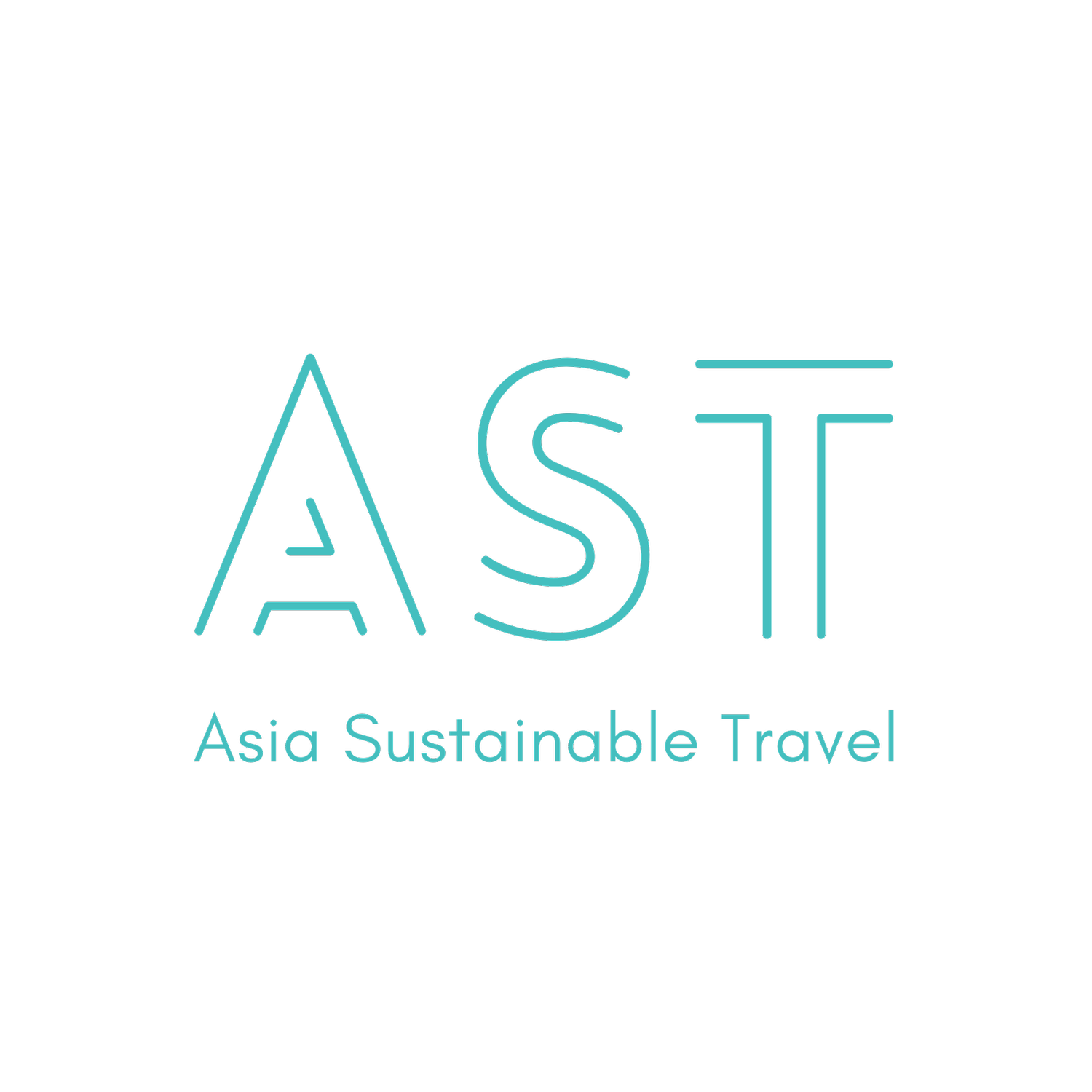Powering Philippine Tourism with Renewable Energy Innovations
The 2nd Asia Sustainable Travel Forum for Next-Gen Leaders took place in Manila on Earth Day 2025, attended by tourism and hospitality management students from Far Eastern University Manila. With the theme “Powering the Future: Renewable Energy in Philippine Tourism,” the forum sparked discussions on how renewable energy can reshape the tourism industry in the Philippines, equipping future leaders with ideas and strategies to drive meaningful progress in the industry.
Sign up to read this post
Join Now

